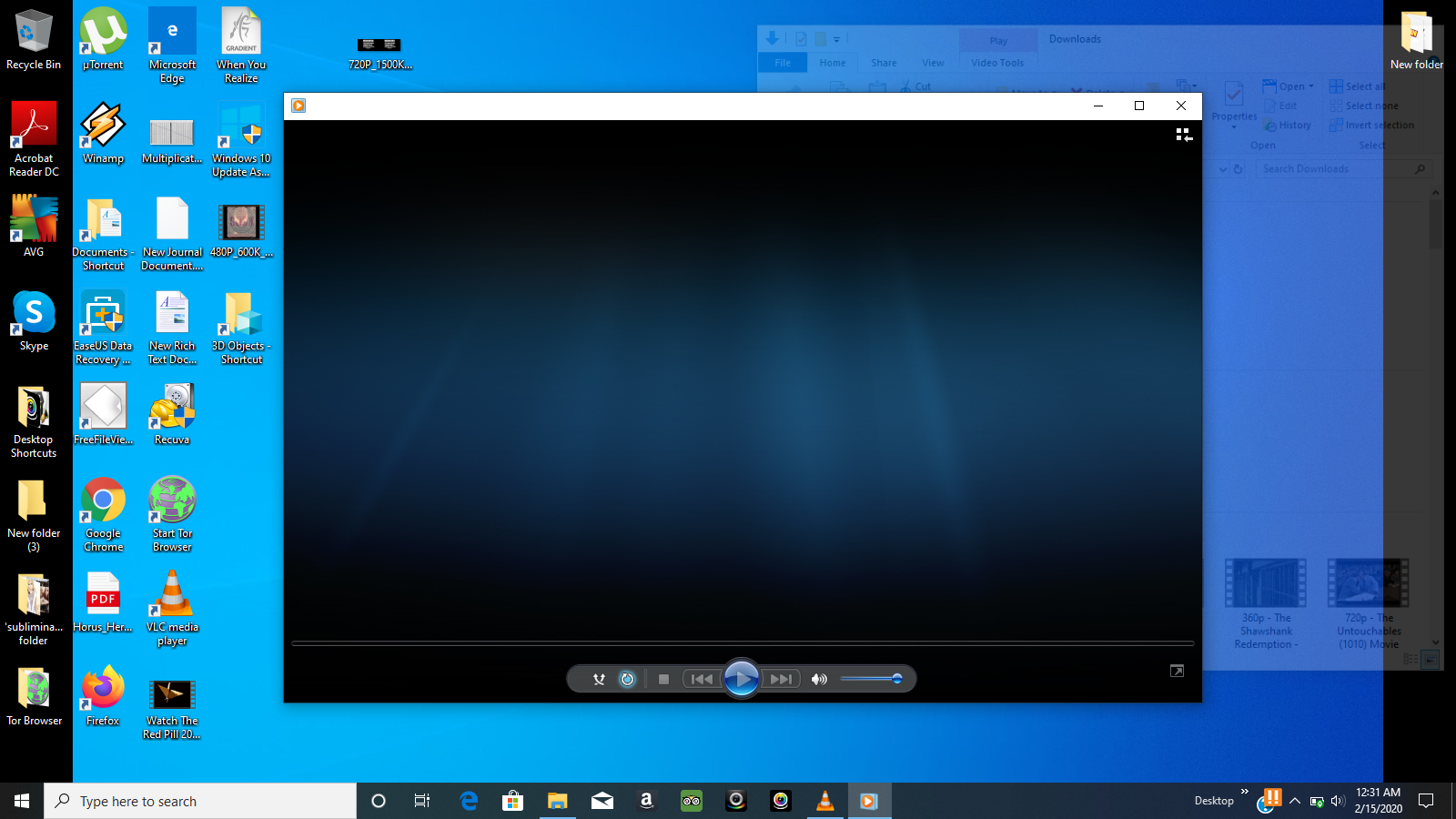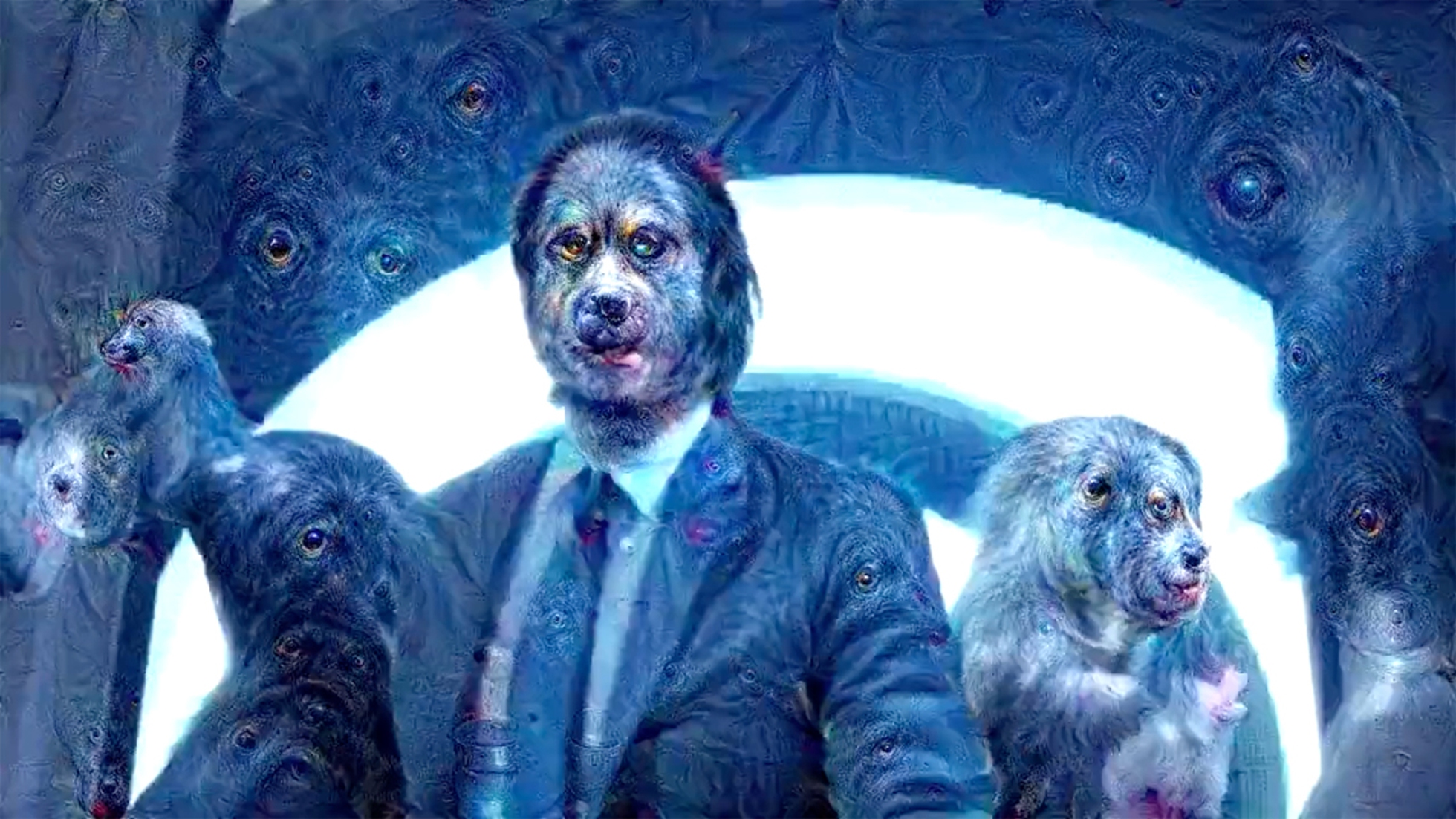

A man groans into the camera as a jet black eye rises from his throat. Faces twist and morph as walls melt, blurring the lines between animate and inanimate, organic and inorganic. The movie's acid scene, already a pretty convincing case not to over-indulge in high-grade hallucinogens, becomes a vision of hell itself when viewed through the computer's eyes. Perhaps the scariest result so far has come from applying Deep Dream to Fear and Loathing in Las Vegas. "Terrifying" might be more accurate, especially when the code doesn't just work on still images - it can now be used on video too. Its creators say it'll be "interesting" to see what kind of art people can create with it. By plugging in a piece of random noise to a network tuned to look for specific places, the program can produce snapshots of science fiction worlds, building bridges, pagodas, and impossible spires out of wild colors as part of its attempts to find meaning in the randomness it's shown.

Already it's capable of making art out of almost nothing. Instead of doing the sensible thing and destroying it, Google put everything you need to create your own neural network art on programming repository GitHub, calling it Deep Dream. The final few layers assemble those into complete interpretations - these neurons activate in response to very complex things such as entire buildings or trees." But while Google's code might be able to ascertain that a tree is indeed a tree, the image it builds from the original picture looks less like a harmless tree, and more like a glowing space temple for a cult of silently screaming bipedal monsters.Īnd now that code's loose. Intermediate layers interpret the basic features to look for overall shapes or components, like a door or a leaf. "For example," Google engineers wrote in June, "the first layer maybe looks for edges or corners. The artificial neural networks used by Google work out what's in an image by analyzing layers until they finally decide on what it shows. To Google's computers, every surface of our world is covered in eyes. The pictures show leaves that become two-headed birds, horses that grow dogs' heads from every inch of their skin, and humans whose bodies erupt in furry growths. The first images from Google's project, shown in June, reveal an organic hellscape inhabited by slug monsters and disembodied tentacles. It's an important goal that the search giant hopes will allow programs to classify images just by "looking" at them, but there's one problem - to computers, our world looks like a horrible nightmare. Google has spent the last few years teaching computers how to see, understand, and appreciate our world.


 0 kommentar(er)
0 kommentar(er)
